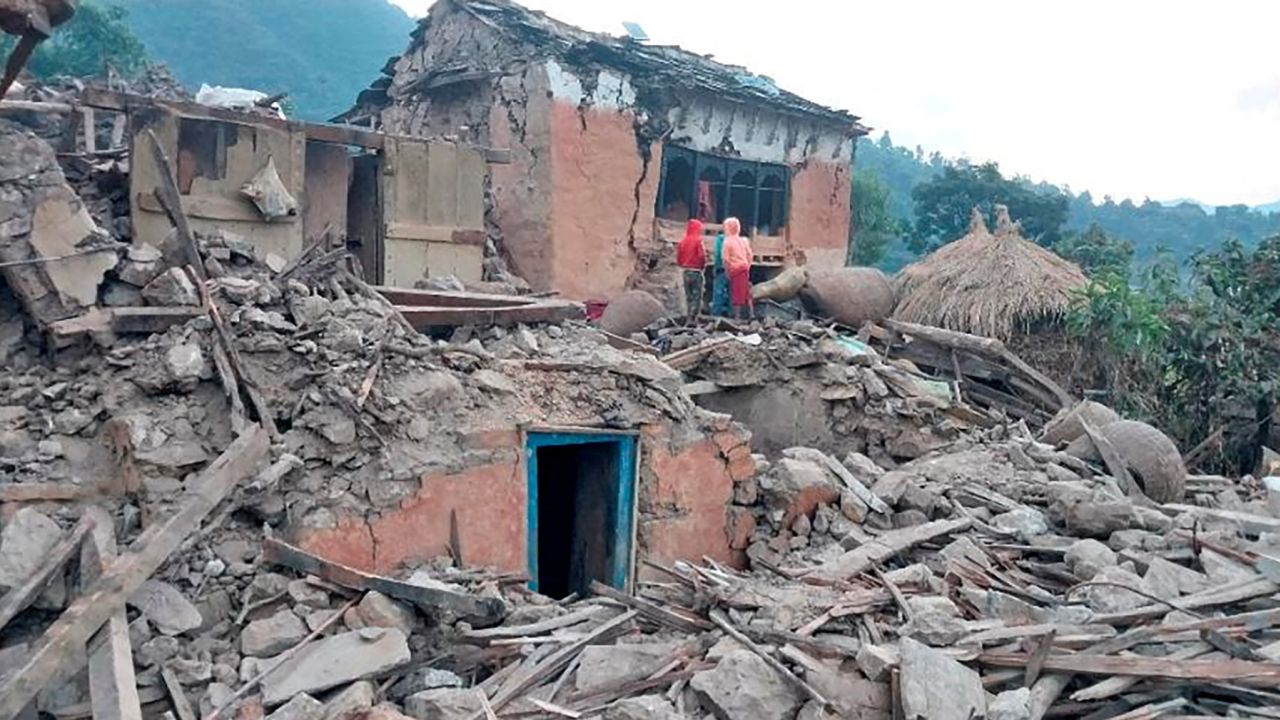
Pic Credit- CNN
A terrible turn of events saw a strong earthquake strike Nepal, resulting in extensive damage and the deaths of at least 132 people. The nation of the Himalayas was rocked by the 6.0-magnitude earthquake, which resulted in widespread panic and serious infrastructure damage.
The tremor, which originated near the Sindhupalchowk district, sent shockwaves across the country, leading to the collapse of several buildings and structures. According to the National Emergency Operation Center, the death toll is expected to rise as rescue efforts continue in the affected areas.
Expressing his condolences, Prime Minister Narendra Modi of India extended his solidarity to the people of Nepal, offering support and assistance in the ongoing rescue and relief operations. “Our prayers are with the families of those who lost their lives in the Nepal earthquake. India stands ready to provide all possible assistance during this challenging time,” PM Modi stated in a tweet.
The immediate aftermath of the earthquake witnessed local authorities and humanitarian organizations mobilizing resources to aid those affected. Search and rescue teams have been deployed to retrieve survivors trapped under the rubble, while medical teams are working tirelessly to provide urgent medical attention to the injured.
The earthquake has also disrupted communication and transportation networks, hindering the flow of aid and rescue operations in the remote and worst-hit areas. With the monsoon season approaching, there are concerns about the impact of the disaster on the already vulnerable communities, including the potential risks of landslides and further destruction.
Nepal, a country familiar with seismic activity, has experienced several devastating earthquakes in the past, including the catastrophic 2015 earthquake that claimed nearly 9,000 lives. The recent disaster has reignited conversations about the need for robust infrastructure and disaster preparedness measures to mitigate the impact of such natural calamities in the future.
As the nation grapples with the aftermath of this tragedy, the global community has come forward to offer support and assistance. Various international organizations and neighboring countries have pledged aid and resources to help Nepal in its recovery and rehabilitation efforts.
While the road to recovery may be challenging, the resilient spirit of the Nepalese people, combined with the support of the international community, is expected to aid in the rebuilding process and pave the way for a more resilient and prepared Nepal in the face of future natural disasters.





